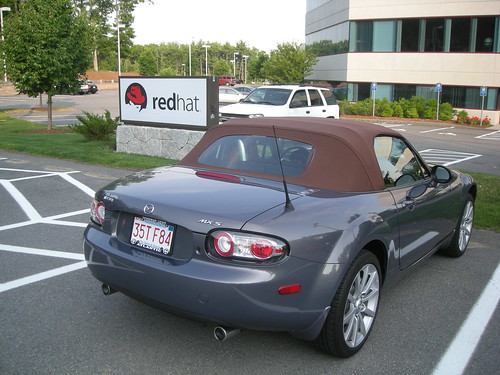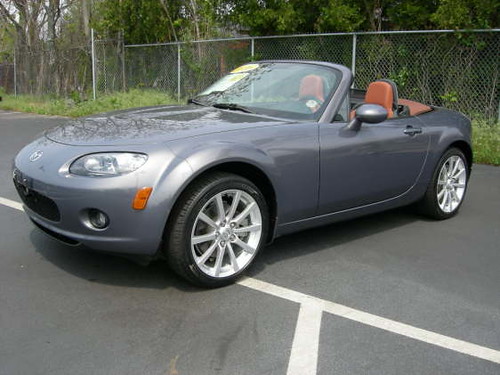So, I’m starting a new series, which will have at least one installment. Here, I will document some of the differences between driving in the US, as opposed to other countries of the world (I’m including Canada, although I might need confirmation about some of the differences there – I will try to figure some of these out before driving up there!).
Some starting points:
* Turn right on red. In the US, in most States, you can turn right on a red signal. This, while extremely dangerous and somewhat insane, is actually quite useful to drivers – at the cost of people crossing the crosswalk (that’s what you call a pedestrian crossing, for UK readers).
* Signals. Are optional. Actually, in some states they’re not. But you won’t find people using them nearly as much – and if you make the mistake of suggesting that you might be changing lanes, then it’s an invitation to everyone else on the road to take immediate steps to cut you up as quickly as they possibly can. All and sundry will screw you.
* Hand brake. You won’t ever use the park brake, except when parking. Certainly not at lights, on a hill, or any other time you might have been told to in your driving lessons. I obviously do use mine when on an incline out of pendantry from my British driving lessons.
* In an automatic car, you need to depress the brake pedal to start the car. It’s a safety check to make sure the brain is connected to the terminal at the time of your use.
* In a manual car, you need to depress the *clutch* in order to start the car. Even in neutral. Yes, it’s pointless, and silly, but that’s how it is. So don’t go thinking your car is defective in some way and start trying to figure out how it’s broken when you can’t start it right after buying it.
Jon.


